When and How to Pick Zucchini for the Best Harvest
Knowing when to pick zucchini can be hard but I want to help you get the best results you can from this summer squash. If you’re not careful, a tiny zucchini on Sunday will become a humongous zucchini on Monday. This is especially true when it rains a lot. Did you know that zucchini fruits are about 95% water?

This post may contain affiliate links. As an Amazon Associate I earn from qualifying purchases. That means I make a small commission at no cost to you if you place a qualifying purchase through any of the links. Read my full disclosure here. Thanks for your support!
Fun fact. Did you know that zucchini is technically a fruit and not a vegetable? That’s right! Zucchini have seeds, are grown from seeds, and the fruit grows from the flower. That makes it a fruit!
We love to grow and eat zucchini squash fresh from the garden. It’s one of those instant-gratification edibles that don’t take too much work to grow but still produce a lot of food.
Zucchini plants are annuals and they grow on low, mounding bushes. These summer squash are staples in most home gardens during the summer because they germinate quickly and start producing fruits in less than two months!
Because of their rapid growth, zucchini varieties can be grown in any garden zone successfully. So if your summers are short or nearly non-existent, you can still grow this incredible fruit!

When is the best time to pick zucchini?
The best time to pick zucchini (Cucurbita pepo subsp. pepo; also called “courgette” and “marrow”) is when they are around 6 to 8 inches long. This is when they have the best flavor (mild and peppery), less water content, tender skin, and seeds too small to be noticed.

Harvesting Zucchini
You should harvest zucchini as tender fruits, but don’t throw the larger zucchini out to the chickens or on the compost pile! Large zucchini may have tougher skin and larger seeds…and they may be a bit bitter…but they are still delicious when shredded and baked into zucchini bread!
But be warned. A big zucchini makes several cups of shredded zucchini for recipes. I shredded two large zucchini and ended up making nine loaves of zucchini bread! It was a great way to experiment with different zucchini bread recipes, though, and none of the kids complained about eating the different breads.
If baking nine loaves of zucchini bread is too much for you, preserve the shredded zucchini in freezer bags for later use.
I also have a recipe for EASY and cheesy zucchini casserole that uses 3 cups of grated zucchini. It’s delicious for breakfast, lunch, dinner, or as a side dish!

Small, baby zucchini is better than large zucchini for eating raw. You can slice smaller fruits, dice them, or carve them into fancy ribbons. Green zucchini should have a dark green color and golden zucchini should also be a vibrant gold color at harvest time.
Mature zucchini can reach massive sizes resembling a baseball bat, but they can still be used. The skin will be more firm and it’ll have large seeds, but you can shred the zucchini in a box grater or food processor and use it in a variety of ways.
The larger the size of the zucchini, the longer you’ll want to cook it so that it can get soft. Most of the time we shred large zucchini and bake it into zucchini bread. But we also dice it up and put it into stews or coat them with olive oil and roast them in the oven.

What are the health benefits of eating zucchini?
Zucchini is an annual that contains many beneficial micronutrients like minerals, carotenoids, vitamin C, and phenolic compounds. It is used in traditional folk medicine to treat colds and alleviate aches, and studies have been done to show how eating zucchini may protect against cancer! Here are some of zucchini’s properties:
- antioxidant (prevents and reduces damage caused by cell oxidation)
- anti-inflammatory (reduces inflammation in the body)
- antiviral (kills or reduces viruses)
- antimicrobial (kills microorganisms like mold and bacteria, or prevents them from growing)
- analgesic (pain reliever)
Vitamin C is correlated with overall good health and cancer prevention, so we want to be eating a lot of fresh fruits and vegetables that contain vitamin C.

10 tips for growing the best zucchini.
Here are my top tips for growing zucchini in my garden.
- Harvest zucchini early and often for best production. Similar to peppers, the more you harvest, the more the plant will produce.
- Plant zucchini seeds directly into the ground at the right time. The right time is when the soil temperature is at least 70°F (21°C).
- Space out your plants and give them at least 18 inches of room to grow.
- Prepare your garden soil by adding plenty of organic nitrogen. For more information, read the post I wrote on lab soil testing which includes a section on adding organic amendments. Fertile soil is the key to having large leaves and high yields.
- Succession-plant zucchini seeds in the garden every month to have healthy fruit production. Zucchini harvests start to decline in quality after about a month. It’s a good thing that the seeds germinate and sprout so quickly so that you can keep enjoying delicious fruits!
- Plant zucchini in full sun and make sure to water them heavily and regularly when the flowers start to develop.
- Don’t plant zucchini in the same spot that you previously planted other summer or winter squash such as cucumbers, melons, and pumpkins.
- Harvest the male blossoms and add them to salads or batter and fry them.
- Use organic pest control methods for controlling garden pests like squash bugs. For more information, read the post I wrote on all the different organic pest control options you can use for your vegetable garden.
- Cut the zucchini stem with pruning scissors or a sharp knife. Don’t pull or twist the zucchini. If you do, you will potentially hurt the plant and the zucchini.
Common problems with growing zucchini.
As easy as it is to grow zucchini, there are also some common problems you should be aware of.
Pollination
The first one isn’t really a “problem” so much as just something to be aware of. But sometimes the male zucchini flowers appear before the female blossoms on summer squash plants.
When this happens, the blossoms will eventually rot off and you may wonder why it didn’t produce a fruit or what garden pest you need to battle. Don’t worry! The female blossoms will show up and the pollinators will be able to go from flower to flower so that you can have a harvest of zucchini before long.
One way to recognize male zucchini blossoms from female blossoms is to look at the stem that touches the large, yellow flower. If the stem is skinny and unimpressive, it’s a male blossom that will never produce a zucchini. However, if the stem has a bulb at the base of the flower, it’s a female blossom that will produce a zucchini after the flower gets pollinated.
If pollination is an issue, you can cut off a male flower, expose the stamen by pulling off the flower petals, and hand-pollinate the female flowers. To do that, you’ll rub the stamen onto the female flower pistils to get the male pollen on it. Likewise, you can use a clean paintbrush to brush the male pollen onto the female pistils.
Viruses and Bacteria
Something else to be aware of are various garden viruses and bacteria. If the leaves of your zucchini plant are turning yellow and drying out, pinch off the leaves and throw them into your trash can. Don’t compost them, since home compost piles don’t generally get hot enough to kill viruses.
Soil Deficiencies
Another aspect of growing zucchini is that sometimes the zucchini will get blossom-end rot. It sounds just like the name implies.
If you see the blossom end of the zucchini start to rot, it most often means that the soil is deficient in calcium. Apply an organic calcium source to your soil. I’m a fan of using wood ash, crushed egg shells, and lime around the root zone.
There’s nothing you can do for zucchini fruits with blossom-end rot. The best way to salvage the zucchini is to go ahead and harvest them, cut the rot off, and eat or preserve the edible portion while it’s still safe to consume.
Garden Pests
Squash vine borers are another problem to be aware of. Be on the lookout for small bore holes in the stems of your zucchini plants. It’s possible a vine borer is to blame. If so, the grub will grow inside the stems and eventually kill your plant.
Use organic pest control to protect your garden. I talk in-depth about organic pest control in a recent blog post, if you’re interested.
Good luck and happy gardening!
Leave a comment!
Leave a comment and let me know your favorite zucchini varieties to grow! My favorites are Raven and Golden Glory.
Other Related Posts
Pumpkin Plant Stages (Growing From Seed to Harvest)
Easy and Cheesy Zucchini Casserole
How Much Worm Castings Should You Add to Soil?
Pin It For Later!


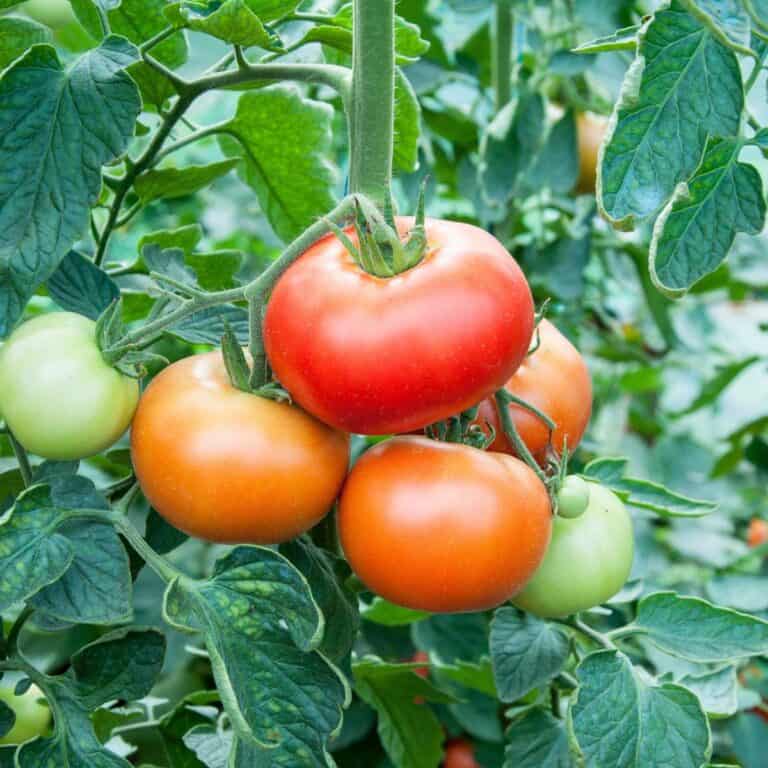
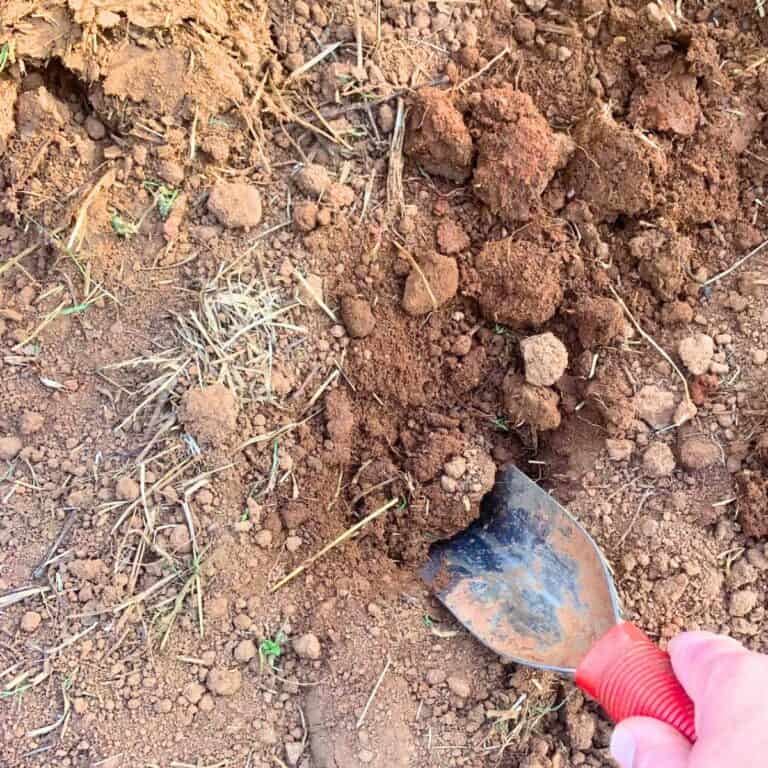
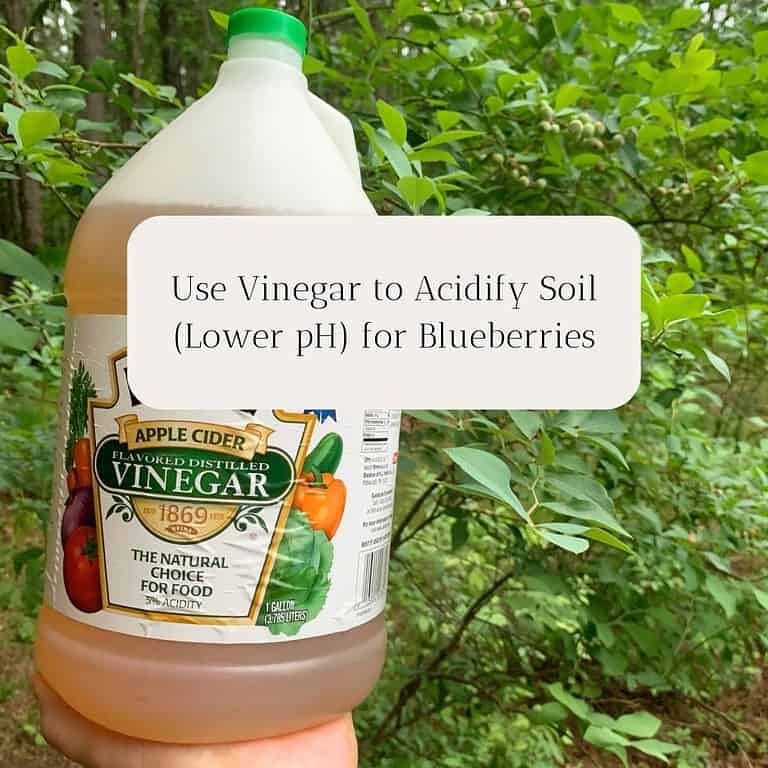
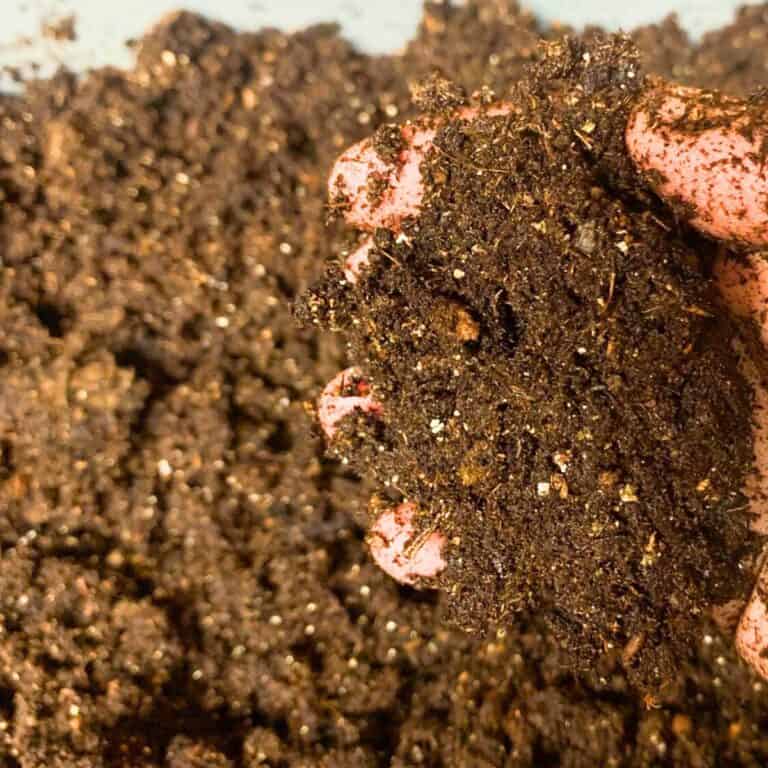
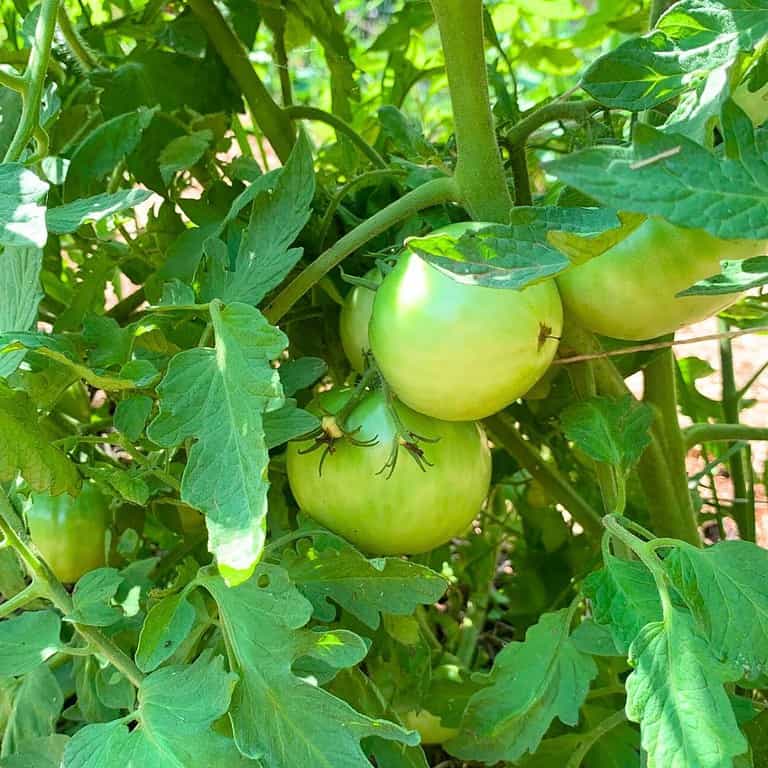
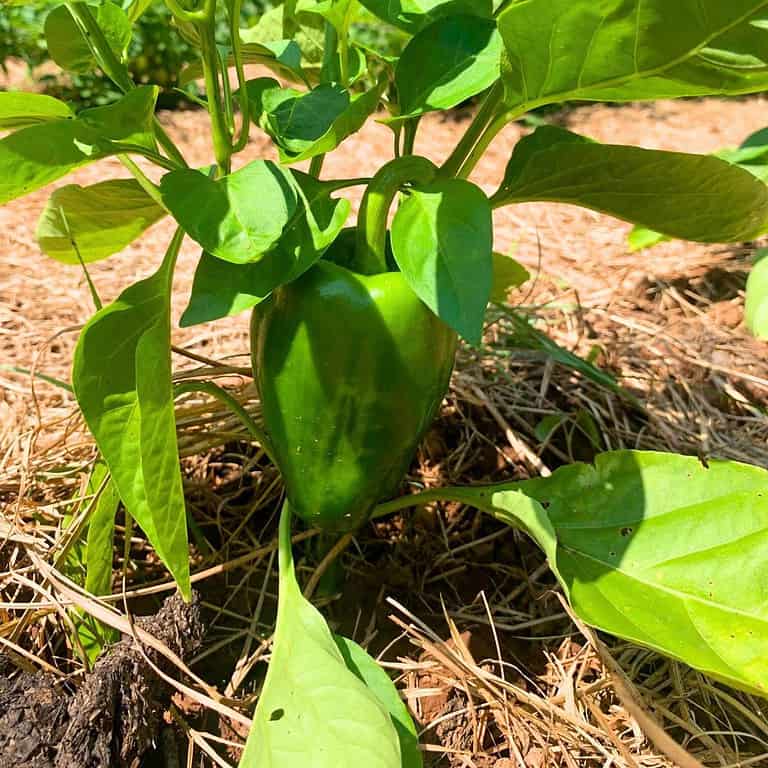
Great tips on when to harvest zucchini! I love growing zucchini… just gotta get rid of those dang squash bugs! Thank w
I love zucchini! Thanks for the info!